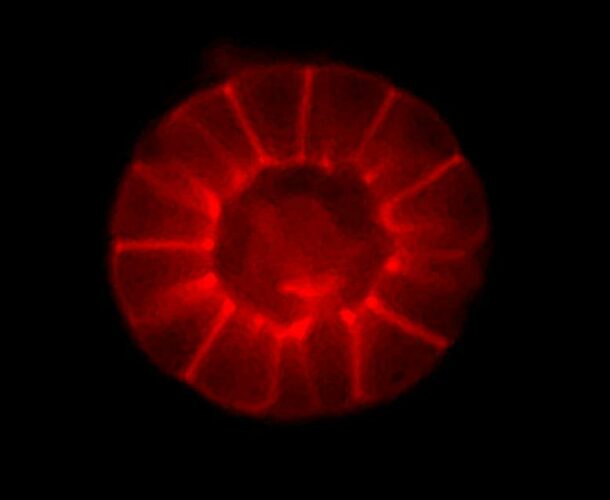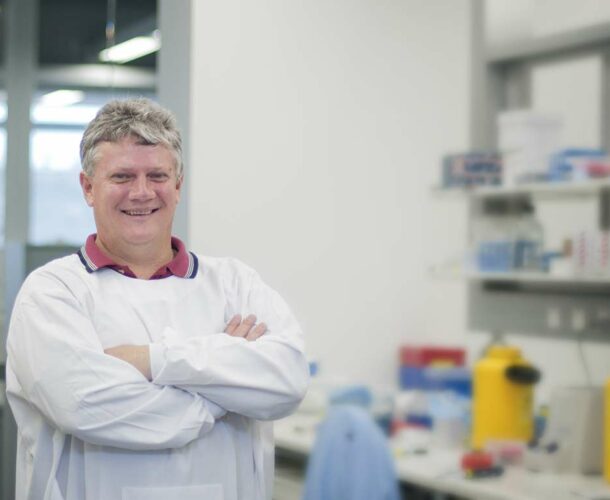Professor Louis Schofield shows that malaria parasites carry a molecule known as glycosylphosphatidylinositol (GPI), which causes some of the severe symptoms associated with the disease.
His research further shows that antibody to GPI blocks its toxic effects, thereby providing the basis for a vaccine against malaria.
Professor Louis Schofield
Schofield and Fiona Hackett show that GPI triggers a potent inflammatory response in individuals infected with malaria.
The discovery comes more than 100 years after Italian scientist Camillo Golgi first proposes, in 1886, that malaria parasites produce a toxin that causes fever and symptoms of the disease.
Although GPI is a cellular component of most organisms, the structure differs slightly in malaria parasites, leading to a toxic form of this otherwise benign molecule.





